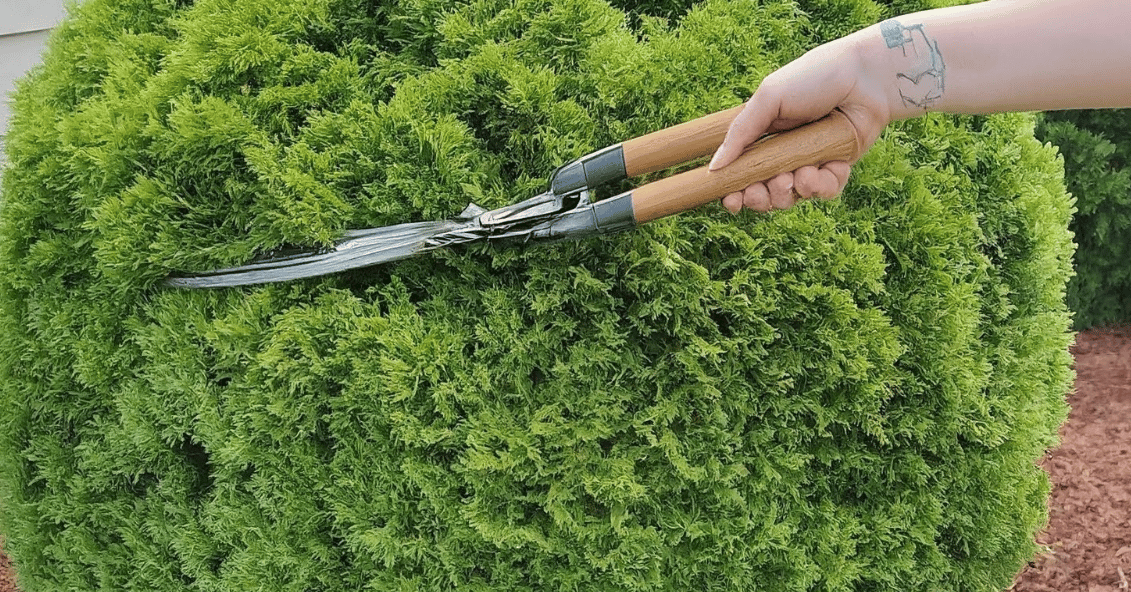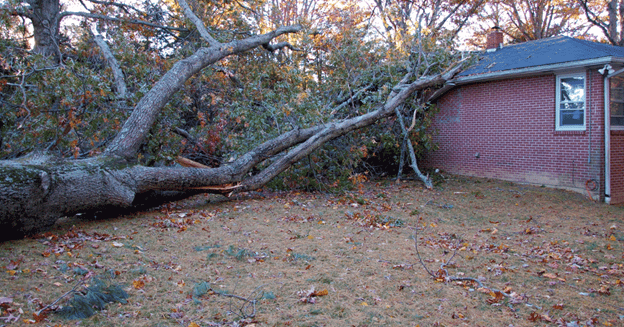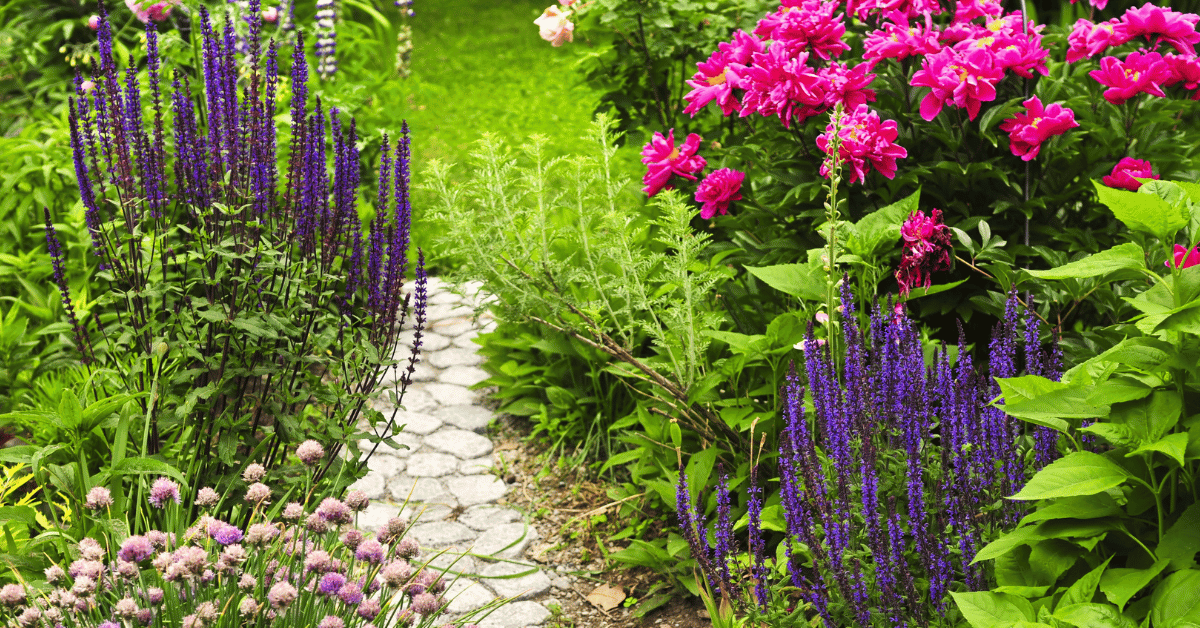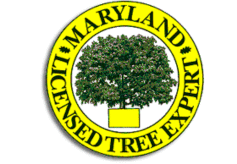Dogwood trees are among the most popular ornamental trees in the United States. Their white flowers bloom in early spring, adding beauty to landscapes. These trees are relatively easy to care for and offer ecological benefits. This guide will help you identify white dogwood trees, understand their benefits, and learn how to plant and care for them.
White Dogwood Tree Characteristics
White dogwood trees, scientifically known as Cornus florida, are a popular choice for adding elegance to a native landscape. One of the most well-known varieties, Cornus florida 'Cherokee Princess', is prized for its showy white blossoms that appear in early spring. These delicate flowers create a stunning contrast against the tree’s dark branches, making it a favorite for gardens and wooded slopes.
As an understory tree, the white dogwood thrives beneath taller trees, preferring dappled sunlight. It grows best in zones 5 - 9, where mild winters and moderate summers support healthy development. The tree’s leaves are deep green in summer but transform into scarlet foliage in the fall, providing vibrant seasonal interest. In late summer, clusters of glossy red fruits emerge, attracting birds and other wildlife.
For optimal growth, white dogwoods require acidic soil that drains well. They are relatively low-maintenance but can be susceptible to fungal issues, especially in humid conditions. Proper spacing, good air circulation, and occasional pruning help keep them healthy. Some homeowners use dogwood wood for cooking skewers, as it is dense and burns slowly, making it ideal for grilling.
When planting a white dogwood, consider its aesthetic appeal. Placing uplight fixtures at the base of the tree highlights its layered branches and delicate flowers at night, enhancing its beauty in any landscape. Whether on a shaded path or a rolling hillside, the white dogwood is a versatile and timeless choice for any yard.
How to Identify White Dogwood Trees
White dogwood trees are easy to recognize once you know what to look for. Their white flowers bloom in early spring, often before the leaves emerge. Each blossom has four petal-like bracts surrounding a small, greenish-yellow center. These blooms last for weeks, making the tree a standout in any landscape.
The leaves are dark green and oval-shaped, growing opposite each other along the branches. In the fall, they change to deep red and purple before dropping. The bark is another distinctive feature—it has a rough, blocky texture that resembles alligator skin. As the tree matures, its branches grow in a layered, horizontal pattern, creating a beautiful, natural shape.
After flowering, small red berries appear in late summer and ripen through early fall. These berries are not only visually appealing but also provide food for birds and other wildlife. In terms of size, white dogwoods are relatively small, typically reaching 15 to 30 feet in height with a canopy that spreads 15 to 25 feet wide. Their rounded shape and seasonal beauty make them a favorite for yards, parks, and gardens.
White Dogwood Tree Benefits
The white dogwood tree is more than just a beautiful ornamental tree. Its delicate spring flowers make it a standout in any yard, while its ability to thrive as an understory tree makes it perfect for gardens with shade-loving perennials. Beyond aesthetics, it plays a vital role in supporting local wildlife. The tree serves as a host plant for various butterflies and moths, including the Polyphemus moth, Imperial moth, and Crocus geometer caterpillars. These Lepidoptera larvae depend on the dogwood for survival, contributing to a healthy ecosystem.
Birds also love the white dogwood. Its bright red berries, which appear in the fall, provide a food source for songbirds and small mammals. This wildlife value makes the tree a great choice for those looking to create a nature-friendly landscape. Additionally, its strong, straight branches have practical uses. Some people even use them for cooking skewers, taking advantage of the durable, fine-grained wood.
Because of its moderate size, the white dogwood fits well in most yards. It grows naturally beneath taller trees, making it an excellent companion for other shade-friendly plants. Whether you want a tree that adds beauty to your yard, supports local wildlife, or offers practical benefits, the white dogwood is a fantastic choice.
Where to Buy White Dogwood Trees
You can find white dogwood trees at many garden centers and nurseries. When buying, look for healthy specimens with strong roots. Many online nurseries offer delivery guarantees, ensuring your tree arrives in good condition. Some also offer discounts or membership benefits for repeat buyers.
Planting and Caring for White Dogwood Trees
White dogwood trees thrive when planted in the right conditions. Choose a spot with well-drained, nutrient-rich soil. These trees prefer slightly acidic soil, so adding organic material like compost can help improve their growth. Since dogwoods are an understory tree, they do well in partial shade, though they can tolerate full sun if given enough water.
When planting, dig a hole twice as wide as the root ball but no deeper than the tree’s original container. Water thoroughly after planting and apply a layer of mulch around the base to help retain moisture and regulate temperature. Keep the mulch a few inches away from the trunk to prevent rot and pest issues.
Watering is key, especially in the first year. The soil should stay moist but not soggy. Overwatering can lead to root rot, while underwatering can cause stress, making the tree more vulnerable to dogwood borer insects. Proper air circulation around the tree also helps prevent common diseases like powdery mildew.
Fertilize in early spring with a balanced, slow-release fertilizer. Avoid excessive fertilization, as too much nitrogen can weaken the tree. Regular pruning is important to remove dead or crowded branches, improving the tree’s structure and airflow. White dogwoods are deer tolerant, but young trees may need protection from browsing.
With the right care, white dogwood trees will provide years of beauty with their stunning blooms, vibrant fall color, and red berries that attract wildlife.
Common Problems and Solutions
White dogwood trees are beautiful but can face some challenges. Understanding these common issues will help keep your tree healthy and thriving.
- Powdery Mildew – A white, powdery fungus can develop on the leaves, especially in humid conditions. To prevent it, plant your tree where air circulates well. If you notice mildew, apply a fungicide in early spring to stop it from spreading.
- Dogwood Anthracnose – This fungal disease leaves dark spots on the leaves and twigs. If left untreated, it can weaken the tree. Trim off infected branches and remove fallen leaves to prevent the disease from spreading. Water at the base instead of overhead to reduce moisture buildup.
- Pests – Borers, aphids, and scale insects are common pests that can damage dogwood trees. Treat the tree with insecticidal soap or neem oil if you spot tiny bugs or sticky residue on leaves. A strong, healthy tree is less likely to suffer from pest problems, so regular care and maintenance are key.
Call Strobert Tree Services for Professional Care
White dogwood trees are a beautiful addition to any yard. They provide seasonal beauty, support wildlife, and require little maintenance.
For expert care, pruning, or removal, contact Strobert Tree Services. Our certified arborists specialize in tree health and maintenance. Whether you need disease treatment, tree removal, or general care, we’re here to help.











